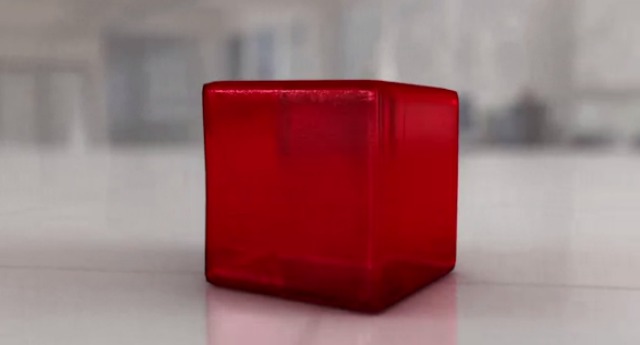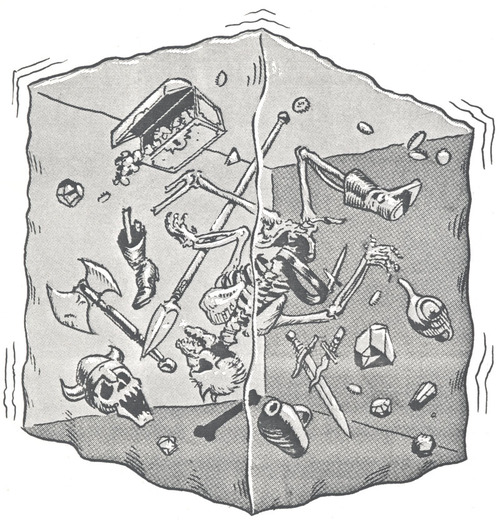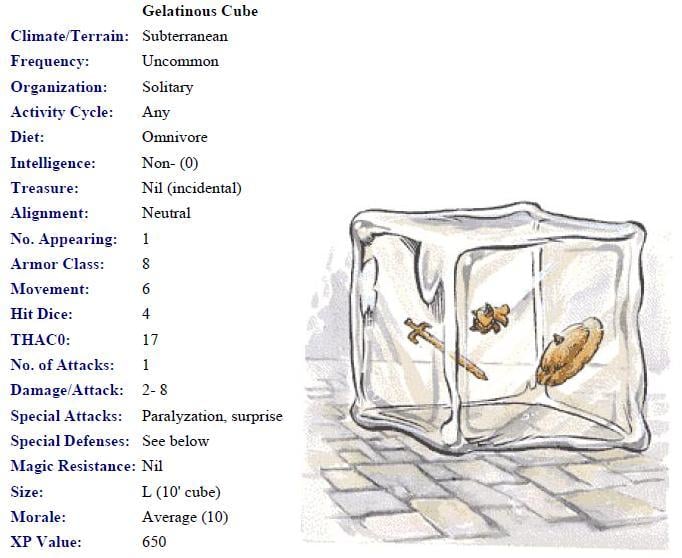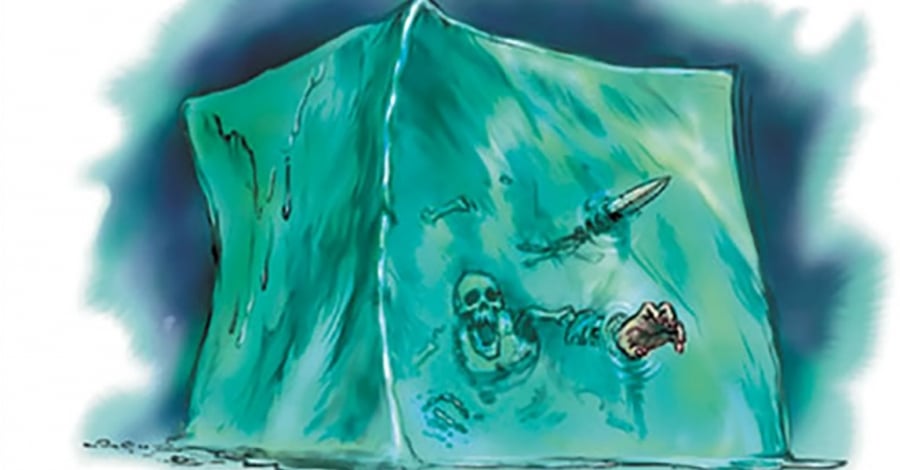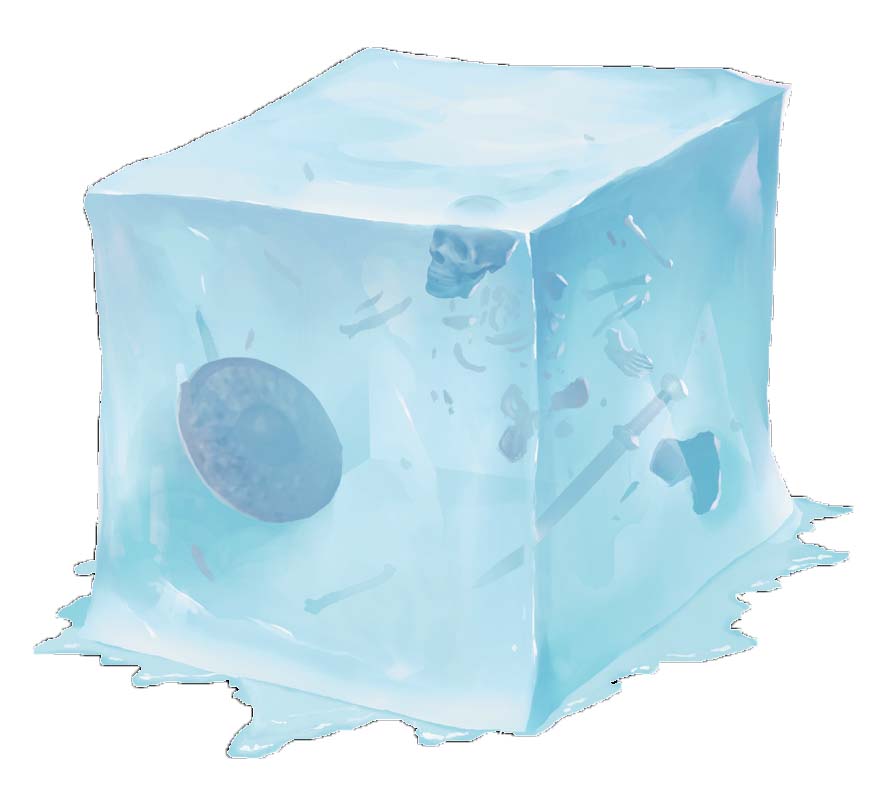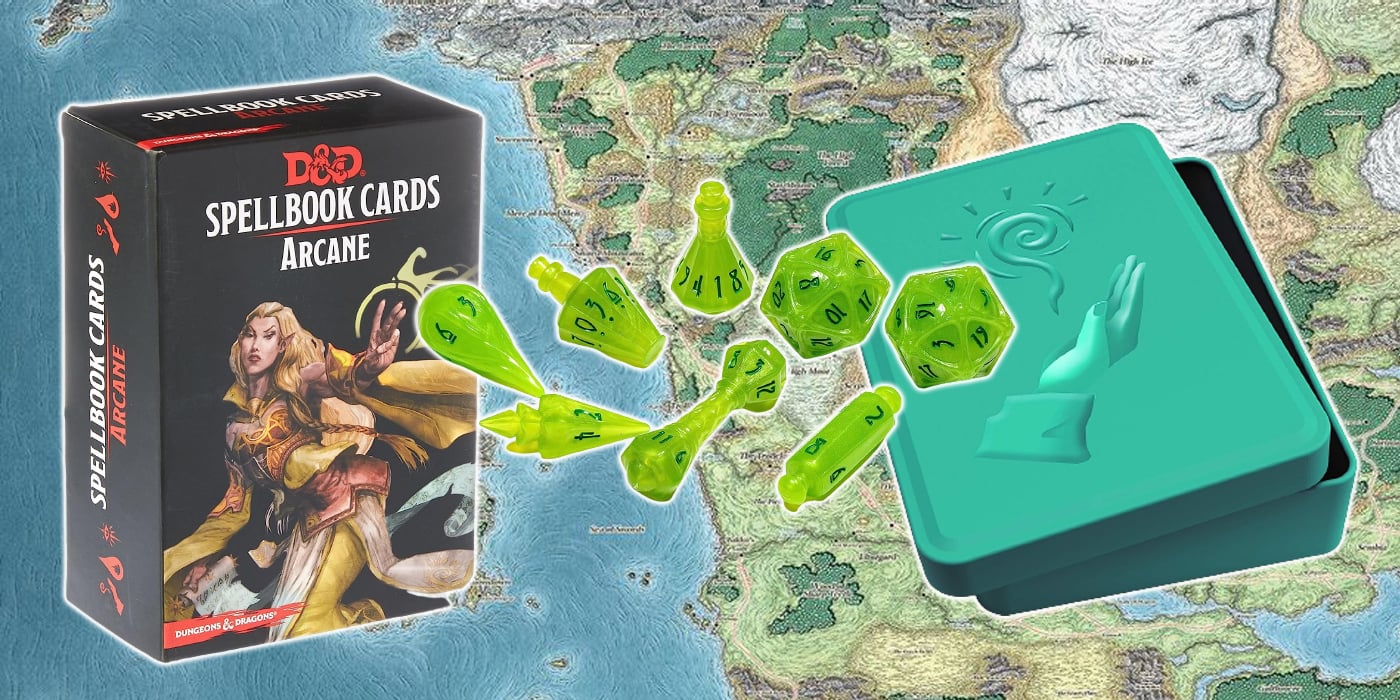Six Sides Of Doom – An Adventurer’s Guide To D&D’s Gelatinous Cube
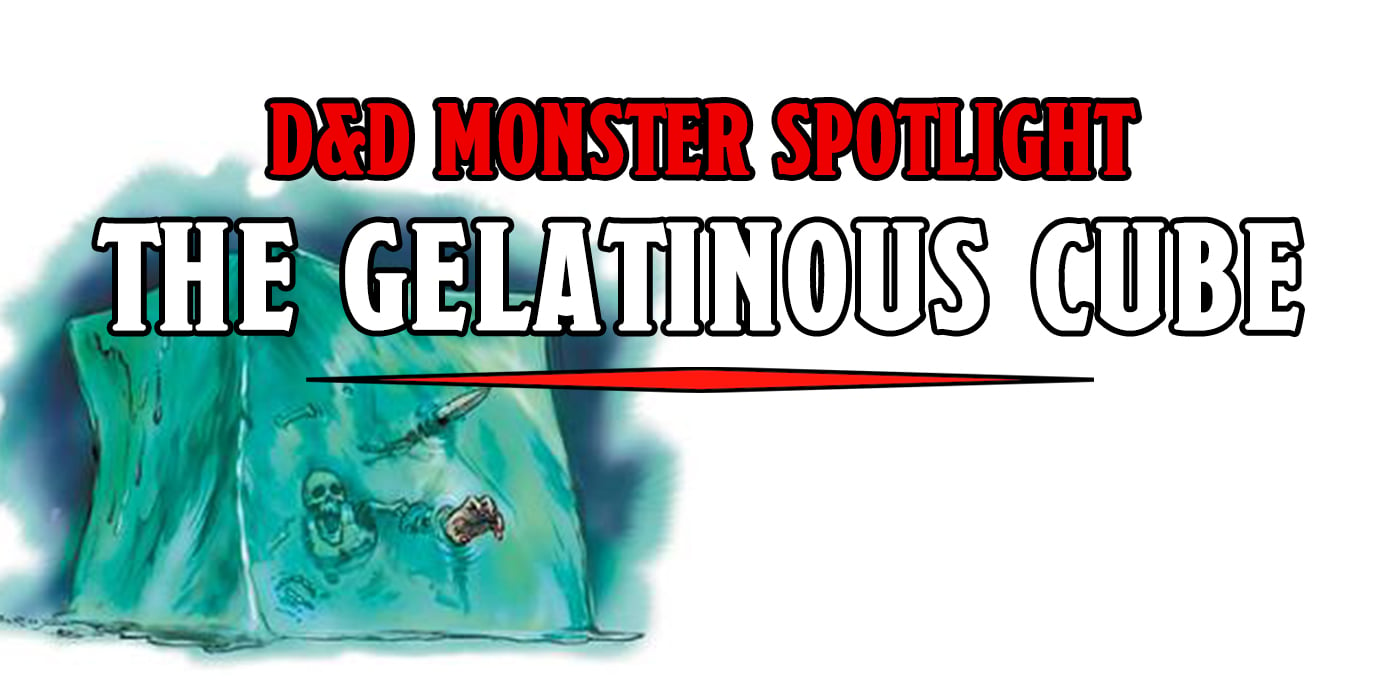

The cubbe of dissolving goo that haunts every corner of every dungeon in the Realms. One never knows where they’ll find a Gelatinous Cube.
It’s time to wander through the stone corridors of a low-level dungeon. Why does the GM keep mentioning how clean it is? Despite being a suspected hideout for a band of goblin raiders, there’s no sign of detritus, scraps of food, or even the mold and slime. Seems weird for goblins…
Wait, what do you mean the whole party is paralyzed and being digested? Well while everyone’s getting slowly digested, it’s time to bring the Gelatinous Cube out into the spotlight.
The Gelatinous Cube is a sort of rite of passage. It’s an encounter that inhabits low-level dungeons. It signifies that you’re ready for the trickier side of the game. Odds are good that you’ll emerge victorious over the cube. And having confronted the deadliness of it, you’ll take your first steps into a larger world.
The Gelatinous Cub is a monster that exists because dungeons are a thing in the world. This is a world where maniacal wizards create lairs of underground complexes. A world where monsters mill around in rooms that are organized according to their power level and height. How does all of it stay neat and tidy?
The Gelatinous Cubes are scavengers who keep the place clean. They float around corners, taking what they can from the floor and dissolving away anything else. They’re just a natural part of the world. Early entries even mention the equilibrium certain dungeon inhabitants would reach with these hungry cubes. They stay out of each other’s way and achieve a sort of dungeon-based symbiosis.
1st Edition
The 1st Edition Gelatinous Cube was a simple creature. You’d run into 1 at a time. They had 4 hit dice, and were clearly laid out as the cleaning monster. Their only special tactics were being hard to see.
But as they go, they collect all kinds of non-digestible treasure. So they’re literally sacks of treasure that slink through the halls who can engulf most opponents. Their paralyzation was easily their most dangerous feature.
If the Cube managed to hit an opponent who failed their paralysis save, they were anesthetized for 5d4 rounds. In this time the the cube engulfed and began digesting them, causing 2d4 points of damage per round.
And that’s all while their victim inside was helpless and unable to breathe. So if the acid doesn’t kill you, the drowning almost certainly will. Especially since Gelatinous Cubes have a few unique defenses. Like the ability to take reduced damage from cold. They’ve also got immunity to electricity, fear, holds, paralyzation, polymorph, and sleep.
2nd Edition
The 2nd Edition Gelatinous Cube was a lot like its predecessor. A Cube who touched an opponent would paralyze them for 5d4 rounds and begin dissolving them in its digestive juices. They got a little less detail in this edition than in previous ones.
Gelatinous Cubes were grouped together with all the other oozes –including gray oozes, green slime, and ochre jelly. Still, though, this edition has some of the best art for it. When you hear “gelatinous cube” this is exactly what you’d expect.
The added details of a sword, helmet, and shield floating in the middle are the only details you’d need. But on top of that, it had a slightly melted ice cube aesthetic that really worked well.
3rd Edition
The 3rd Edition Gelatinous Cube got a little more complicated. Though its lore and function in the world were unchanged, it received a significant overhaul between the editions. Now, being an ooze meant it had ooze traits as well as immunity to poison, sleep, paralysis, polymorph, and stunning effects, as well as critical hits and flanking.
On top of that, they were given a slam attack which dealt physical and acid damage. Plus there’s the Engulf action, which lets them completely engulf one or more opponents with a single move. Those failing a reflex save were engulfed. They’d have to make a much harder Fortitude save or be paralyzed for 3d6 rounds, taking acid damage every round.
Fortitude save DC was so high in 3E. Especially given that these were CR 3 creatures, meaning that they could wipe out an unprepared party if either the players or the GM weren’t being careful. That said, this one is not nearly as cubic as its 2nd edition counterpart. And it’s much easier to see, too. Hardly transparent.
4th Edition
The 4th Edition Gelatinous Cube looked like it was blue raspberry flavored. It does have the amazing detail of a flesh-covered arm hanging out of it, though.
These Cubes were elite brutes, which means they had a higher than normal pool of HP. They also have fairly high defenses. An evolution of the 3rd edition cube, 4th edition cubes had the slam and engulf attacks of the previous edition.
They were, however, restricted to only two targets with their engulf attacks. And they could only target medium or smaller creatures. Gone were the days of an ogre trapped in a cube. The cube could only be seen when it attacked or if you made a DC 25 Perception check.
5th Edition
The 5th Edition Cube is perhaps one of the better iterations of the “modern” cube. As per the 3rd Edition baseline, it has a slam attack with a pseudopod that deals acid damage. And its Engulf is a straightforward return to form. Creatures that fail a save are engulfed by the creature and take a 3d6 acid damage. They’re also restrained, unable to breathe, and take 6d6 points of acid damage at the start of each of the cube’s turns.
Interestingly enough, this is the first edition to outline rules for trying to pull someone OUT of the cube. DC 12 strength check is too easy if you ask me. But you’re subjected to 3d6 points of damage just for making the attempt. Beautiful and deadly, these cuboid creatures are a worthy addition to any dungeon.
Well, the rest of the staff around here is getting slowly dissolved. So I guess I’d better go try and do something. But in the meantime, remember, a gelatinous cube is a rite of passage. And you can always tell, because they right the passage.
What’s your favorite ooze? And do you agree, cubish monsters are the best, hands down?

